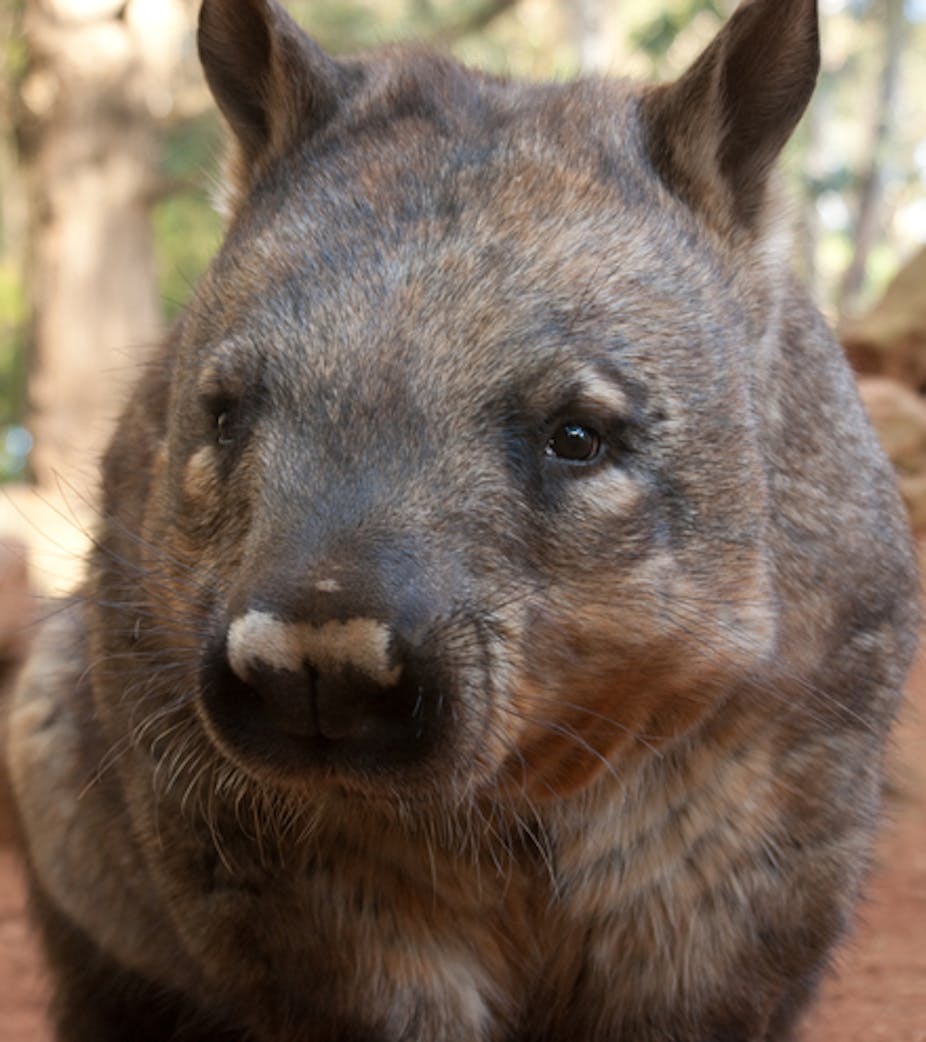Let’s be clear: the world’s animal resources are rapidly declining.
Globally, more than 5,000 wildlife species are threatened with extinction. Some 25% are mammals, and 11% birds. Of the reptile, amphibian and fish species described as threatened, 20% are reptiles, 25% are amphibians and 34% are fish.
Australia’s record, since European arrival, has been disastrous. The country has the highest mammalian extinction rate in the world, largely due to introduced species such as foxes, cats and rats, and habitat loss.
Since settlement, the rate of extinction has outpaced the rate of evolution, with at least 19 mammal, 20 bird and three amphibian species now extinct. As things stand, a further 43 mammal, 50 bird, 29 amphibian, 512 reptile and 17 freshwater fish species are threatened.
A question of diversity
Biodiversity is seen as a total (and irreducible) part of all life; the complex interaction and balance of the variety of species is seen as essential to maintaining a viable and healthy ecosystem.
Ultimately, the loss of biodiversity will result in a dead and sterile planet in which local or regional ecosystems have collapsed.
We will become a monoculture of humans and, in ourselves, an endangered species. To put it mildly, we probably don’t want this to happen.
In terms of halting, or at least trying to halt, this rapid loss of animal species, there are three possible approaches:
1) Slow the loss of, or increase the area of, natural habitats (forests, wetlands, fresh water) that offer a protected home for endangered species.
2) Collect representative species to be held and bred in zoos, wildlife reserves, parks etc.
3) Establish and maintain a permanent safe reserve of genetic material collected from threatened populations.
The optimum conservation species preservation program would integrate all three of the above, which is where Australia’s so-called “Frozen Zoo” comes in.
The zoo
The Animal Gene Storage and Resource Centre of Australia (AGSRCA), nicknamed the Frozen Zoo, was established in 1995 as a joint venture between Monash University and the Zoological Parks Board of New South Wales.
Maintained by volunteers, it was the world’s first animal gene bank, and the focus at the time was to adapt advances in human and livestock assisted reproduction to help with the breeding and preservation of the genetic resources of threatened animal species.
These days, the zoo is part of the 16-member Frozen Ark Project, coordinated from the school of biology at the University of Nottingham in Britain.
These international gene banks are seen as a valuable insurance for the future. In Australia’s bank there are rhinos, elephants, hairy-nosed wombats, bilbies and 100 other species.
How does it work?
The zoo preserves reproductive cells (semen, embryos, ovaries etc) and genetic material in a frozen state, at –196°C in liquid nitrogen.
These valuable samples – collected, processed and frozen – can be stored for years before being used for breeding, research or investigations of diseases.
The AGSRCA is the custodian of these samples; but they remain the property of the organisations or persons that submit them. Think of it as your local bank, with deposits being made and then collected again.
Techniques that can be used to help re-create genetically rare or valuable animal lines include the freezing of semen, embryos, cell lines and DNA samples; along with in-vitro fertilisation (IVF), and also cloning.
Why does this matter?
An animal gene bank is a guarantee that, in the face of a possible catastrophe (exotic disease outbreaks, fires, floods wars etc), it will be possible to save our animal resources.
Artificial reproduction techniques (ART) can address a number of critical problems encountered with small fragmented populations, such as high levels of inbreeding in captive situations.
Maintaining genetic diversity is a matter of survival. The loss of it results in reduced fitness and fertility in a given species and increased susceptibility to disease or climate change. Hence, a rapid path to extinction.
Under threat
Australia’s Gene Bank and services have now been “on hold” since 2009, when the zoo received its last deposit. Essentially the Centre has gone into hibernation through the loss of funding support and – ironically enough – faces its own form of extinction.
Because there are no longer the staff to process them, we have missed out on what I would imagine are dozens of important gene samples.
In the meantime, Australia continues to lose its native species. Look no further than the potential loss of the Tasmanian Devil.
Can we afford to lose more species? Can we afford to lose the Australian Gene Bank and its collection from more than 100 animal species?
In a single word, no.
Some attractions at Australia’s “frozen zoo”
- Banded Hare-Wallaby
- Burrowing Bettong
- Clarence River Cod
- Dingo
- Golden Bandicoot
- Greater Bilby
- Green and Golden Bell Frog
- Grey Nurse Shark
- Julia Creek Dunnart
- Leadbeater’s Possum
- Eastern Quoll
- Murray River Cod
- New Holland Mouse
- Northern Hairy-Nosed Wombat
- Numbat
- Rufous Hare-Wallaby
- Squirrel Glider

